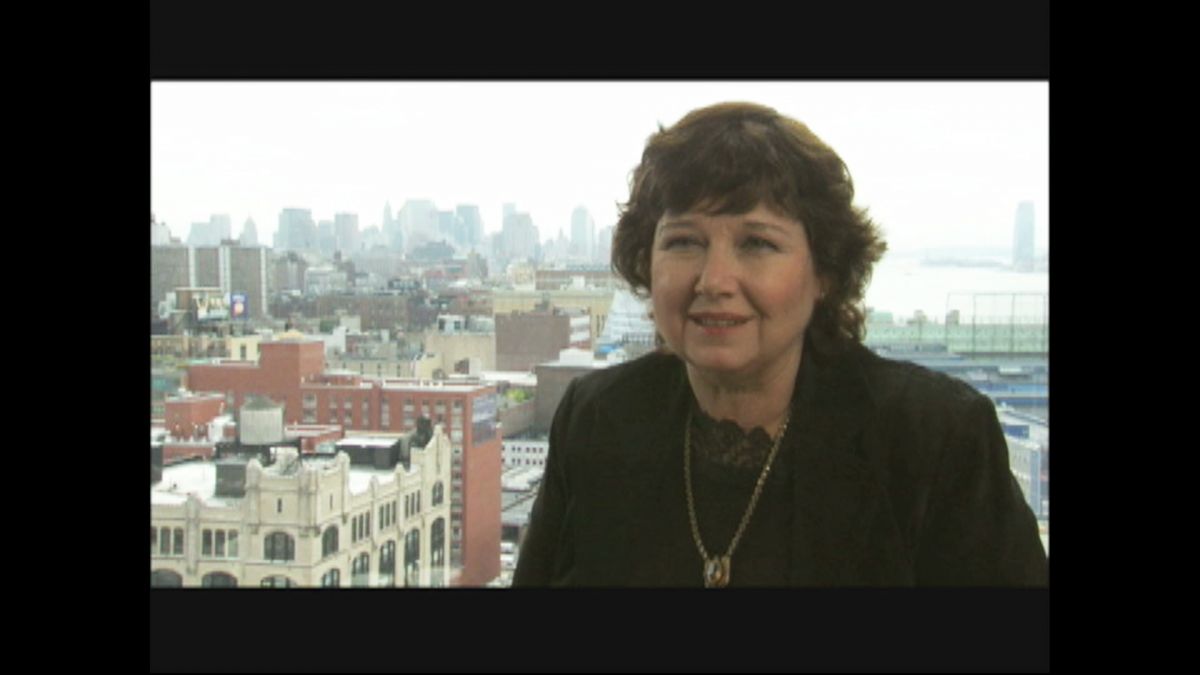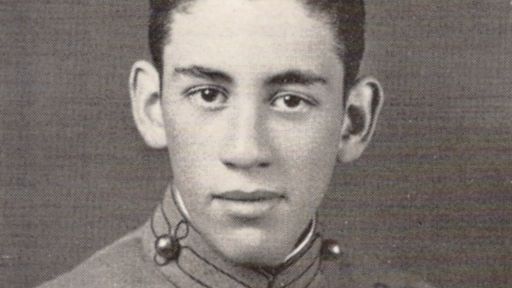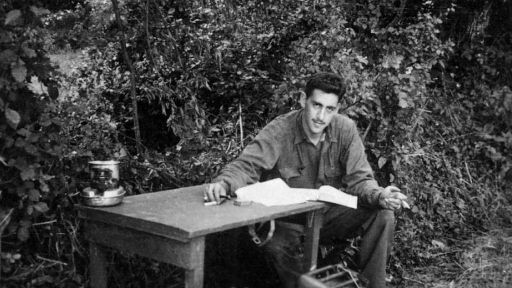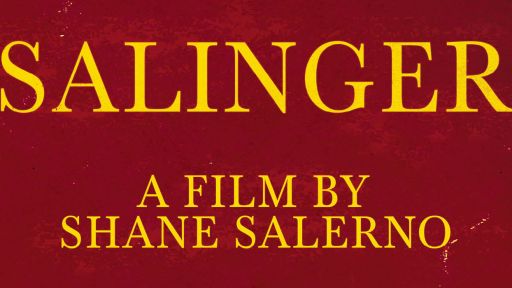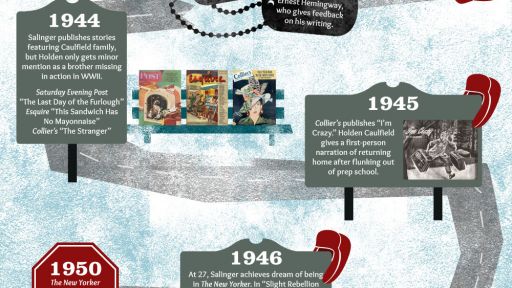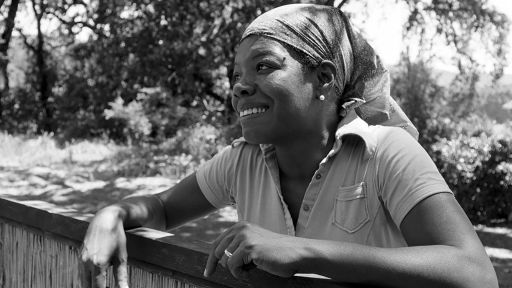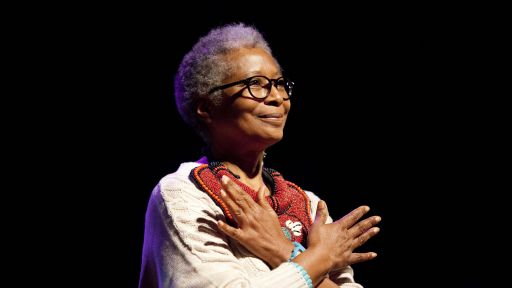Touching a nerve in readers and critics alike, The Catcher in the Rye, J.D. Salinger’s first novel, was “a very revolutionary book for the America of the early 1950’s,” according to Elizabeth Frank, a Pulitzer Prize-winning writer and professor of Modern Languages and Literature at Bard College.
Watch Film Outtake of Salinger
The Catcher in the Rye was an instant success upon publication in July 1951. By August it was on The New York Times best-seller list and had been reprinted five times. However, the book also faced bans for “bad language,” “vulgarity” and “sexual references.” By 1963, the American Book Publisher’s Council reported that The Catcher in the Rye had become the most censored book in American public schools. It remains a frequently censored book to this day.
In light of the social norm of conformity in the 1950s, Elizabeth Franks calls discovering the novel’s protagonist Holden Caulfield “exhilarating.”
“Holden Caulfield was a champion of bad words and cutting school and pointing out the dreariness and the hypocrisy of that era. I remain grateful to Holden Caulfield and to The Catcher in the Rye for helping us put a name to all those intuitions we had that something was terribly wrong with civilization in America at that time,” says Frank.
American Masters launches its 28th season with the series’ 200th episode: the exclusive director’s cut of Shane Salerno’s documentary, Salinger, premiering nationally Tuesday, January 21, 9-11:30 p.m. on PBS (check local listings) with 15 minutes of new material not seen in theaters.

